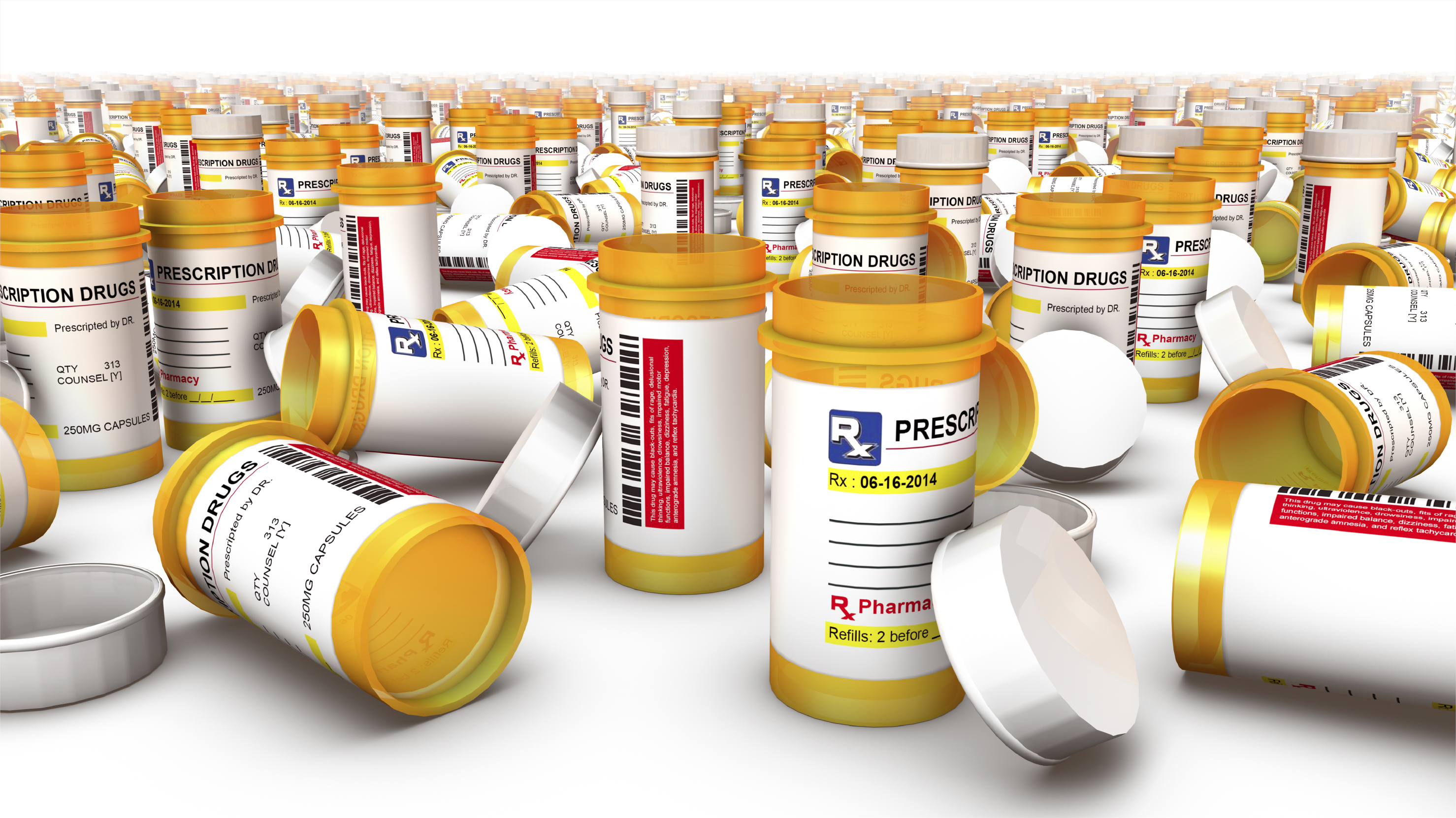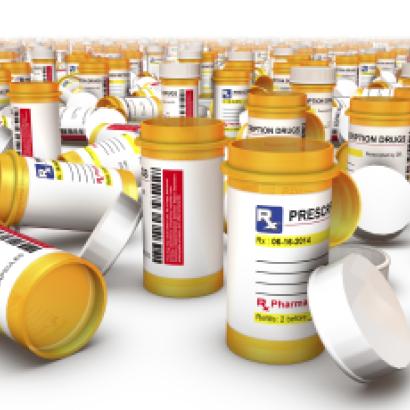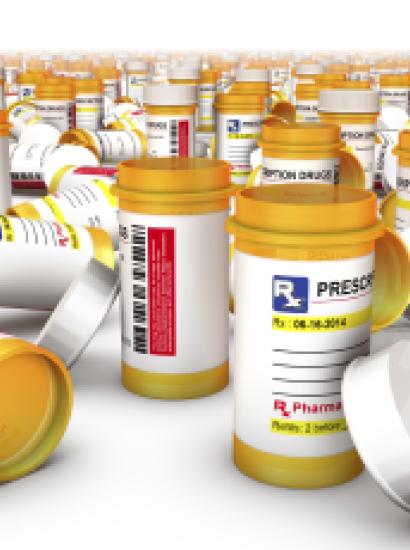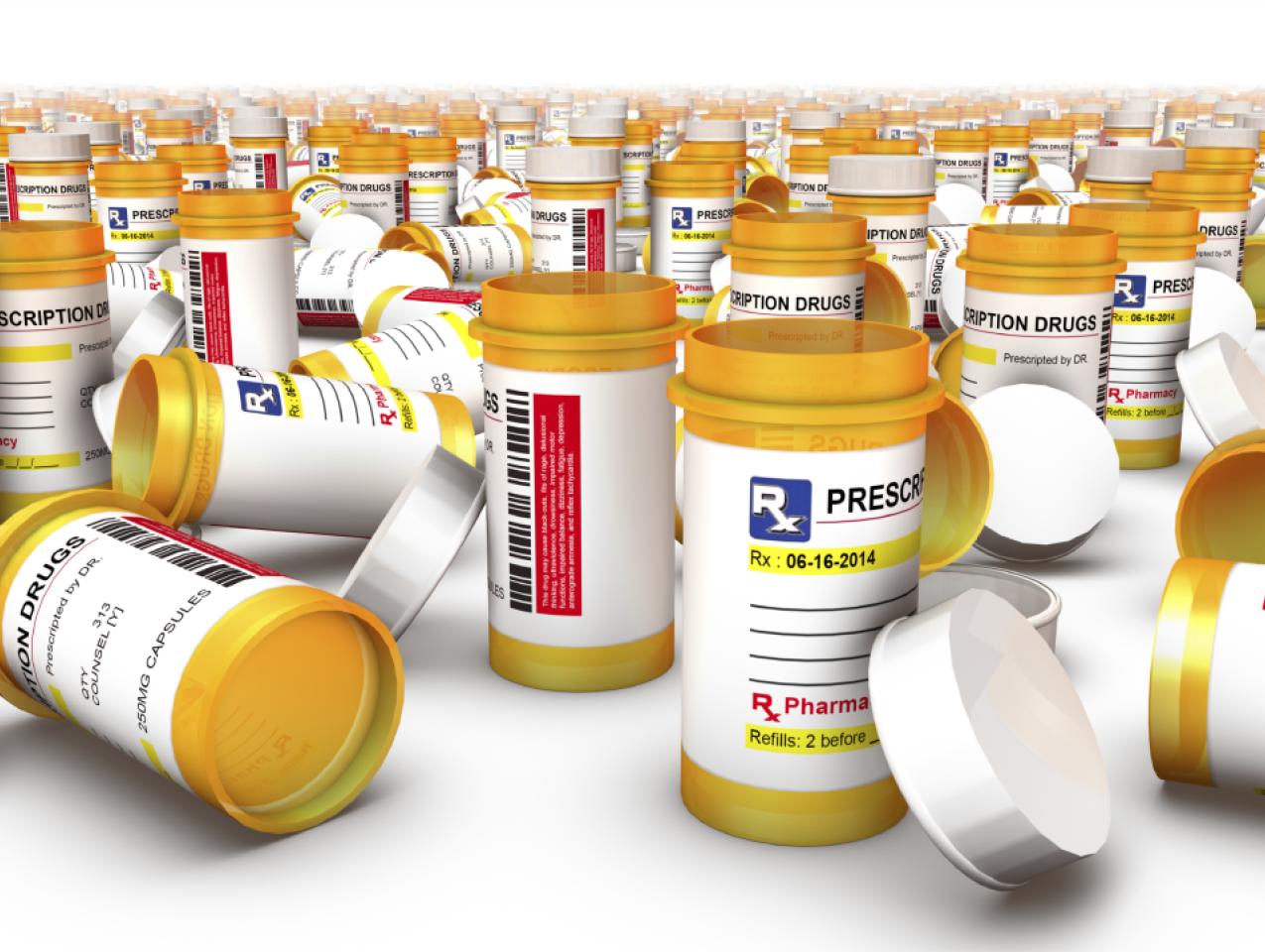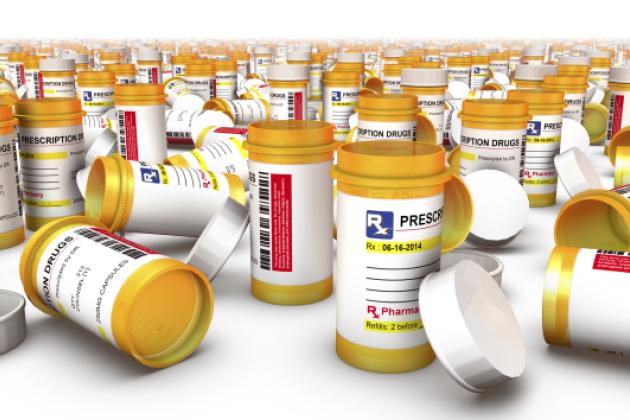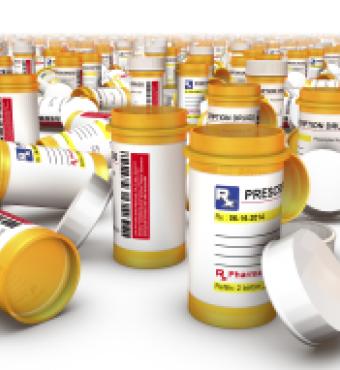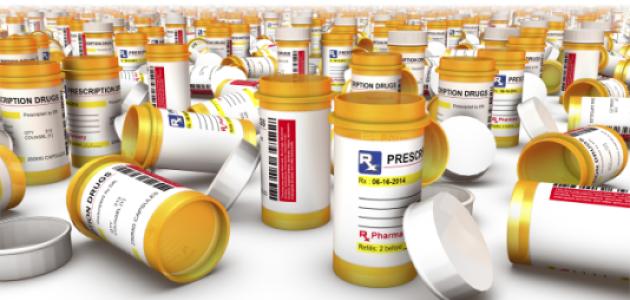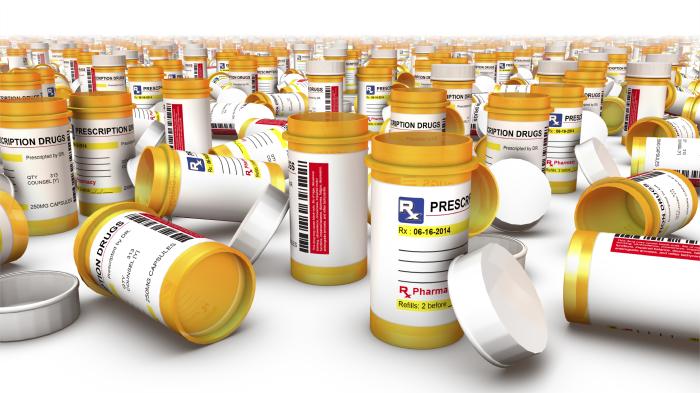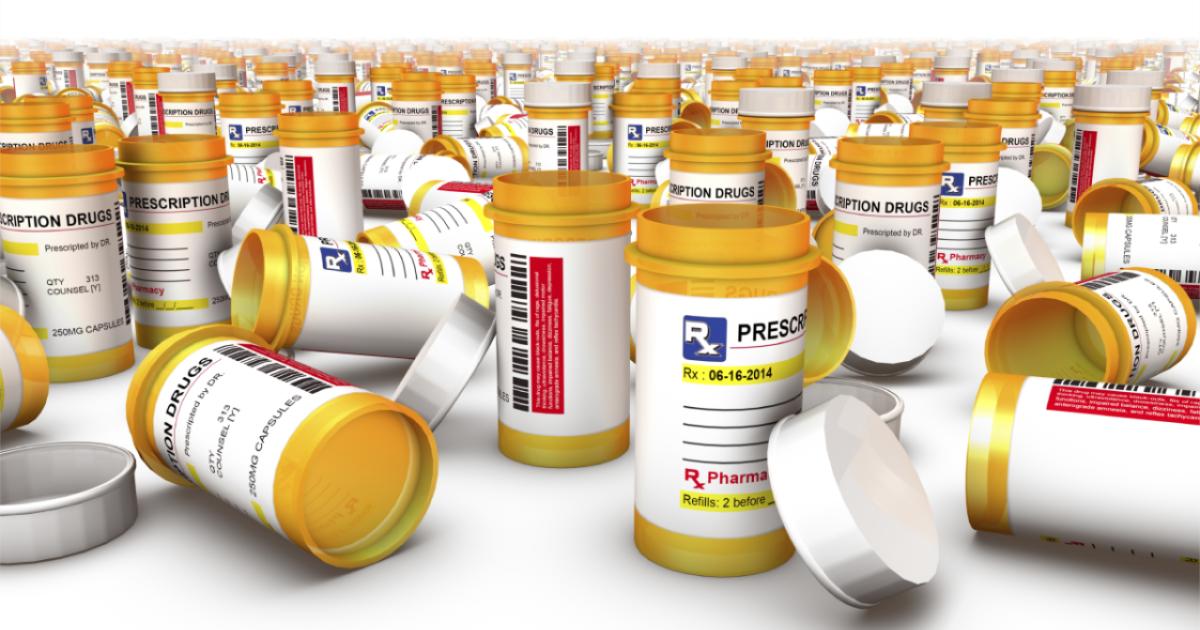- Health Care
At a campground in California, large warning signs on the water spigots read: “Boil water for five minutes before consuming it.” The message was not placed there because of a bacterial infection in the water system or because someone had died drinking from the spigots. Rather, the water had not yet been tested for that year, and though there had never been problems with the water before, camp officials erred on the side of caution and posted the warning sign.
It’s a similar story with the U.S. Food and Drug Administration (FDA) and the media’s coverage of it. The FDA, using the media as its voice, provides us with alarmist and unhelpful messages about medicines all the time. These messages reflect a subtle type of bias—that any drug not specifically evaluated by the FDA must be unsafe. And the awful result is that there are fewer safe drugs on the market and more-expensive drugs overall.
Consider this recent headline from the New York Times: “F.D.A. Says Millions Got Unapproved Heart Pills.” One could read that headline and conclude that some shady actor was selling defective or counterfeit heart drugs to American cardiac patients, possibly resulting in injury or death. As with the water spigot warnings, the truth is quite different.
Some medications predate the FDA’s regulations. The relevant regulations, in this context, date from 1938 and 1962. In 1938, Congress gave the FDA the power to require that new drugs be proven safe before marketing. In 1962, Congress added the requirement that drugs be proven efficacious for a particular use. Consequently, these grandfathered drugs were available to patients long before the FDA instituted rules requiring drug companies to prove that their drugs are both safe and efficacious before making them available. Nitroglycerin, the drug in question in the Times piece, has been available for 130 years as a vasodilator to treat heart conditions such as angina and chronic heart failure. In 2003, two physicians wrote the following about nitroglycerin in the academic journal Circulation:
Newer drugs quickly replace older remedies. This has not been the case with nitroglycerin, now in continuous medical use for more than a century. Although other applications for it have been found in cardiology, nitroglycerin is the mainstay for affording rapid, indeed almost immediate, relief for angina pectoris. Patients who have mastered the proper use of this agent regard it as a “wonder drug.” At a time when the cost of pharmaceuticals is growing out of reach for many, nitroglycerin is still obtainable for pennies and remains one of the best buys in medicine.
But if the FDA gets its way, nitroglycerin will not be obtainable for pennies. The situation was stable until Pfizer went through the time and expense required to test its particular version of nitroglycerin, Nitrostat, which the FDA approved in 2000. Once the FDA did that, other versions became officially “unapproved.” In 2010, the FDA sent warning letters to two companies, Glenmark and Konec, ordering them to cease marketing their versions of nitroglycerin, known as sublingual nitroglycerin tablets, leading to the New York Times headline above. The article quotes Dr. Harry M. Lever, a cardiologist at the Cleveland Clinic, who said, “If it’s not approved and no one has tested it, we can’t be sure that it’s safe and effective.” He added that if patients with angina took substandard or ineffective nitroglycerin tablets, their pain might not subside and the problem could potentially progress to a heart attack.
His statement is false. The unapproved versions have been tested in three important ways: the companies that manufacture these drugs thoroughly vet them to make sure that they are pure and offer a consistent dose of nitroglycerin; these marketed drugs have been tested in the bodies of millions of Americans in regular medical practice over many years; and many different organizations have tested nitroglycerin in countless clinical trials.
One of the manufacturers, Konec, has regularly conducted its own lab tests to ensure that its nitroglycerin pills have the same potency and stability as Pfizer’s Nitrostat, the FDA-approved brand-name drug. In the world of medicine, this is basic stuff. Nitroglycerin is used to treat acute episodes of angina—chest pain. The benefit that nitroglycerin provides is not theoretical; if patients didn’t feel relief from their pain, they wouldn’t have continued taking it, and doctors wouldn’t have continued prescribing it for the last 130 years.
Dr. Lever worries that patients with angina would, if allowed, take substandard or ineffective nitroglycerin tablets. But that’s a hypothesis, and hypotheses can be tested. Were some nitroglycerin tablets substandard? Were patients harmed? He gives no evidence that they were.
This relatively recent FDA policy of requiring tests on grandfathered drugs turns the old FDA rationale upside-down. The only possible justification for the FDA’s overarching powers is that it is better to test drugs on thousands of human “guinea pigs” than to release potentially unsafe or ineffective medicines to ordinary patients. But once medicines have been used successfully millions of times, why go back to the clinical trials to test them on thousands? There are far more data points on millions of uses than there are on thousands.
What have changed over the years are not the sublingual nitroglycerin tablets that millions have used for many years, but the FDA’s own rules.
Note that herein lies legal ambiguity. Manufacturers of many drugs, not just sublingual nitroglycerin tablets, have long contended that their medications do not require FDA review because they were grandfathered as pre-1938 drugs. But the agency is now disputing that interpretation of its rules to give itself more power. There has been no legal ruling and there won’t be unless one of these companies challenges the FDA in court.
The FDA is making it hard for manufacturers to keep pre-1938 drugs on the market by requiring the companies to submit evidence showing, among other things, that the current drugs have the same dosage and labeling as the medications sold before 1938. No drug maker has been able to do that. Think about why that might be true. First, labeling has changed substantially since 1938; what companies would—or could—retain their old, inferior label? Second, perhaps the dose, or choices of doses, has changed slightly since 1938. How many things have stayed exactly the same since 1938? And should going back to 1938 doses even be a goal?
Note, also, that by removing competitors, the FDA has converted a competitive market into a monopolistic one. Pfizer’s Nitrostat will be the sole remaining product, leaving the market susceptible to supply and pricing shocks. In other examples we have studied, products that receive FDA approval are typically far more expensive. What if Pfizer, as the sole supplier, has a manufacturing problem and all production ceases, even temporarily? What if Pfizer decides to double the price of Nitrostat? Competition won’t stop it because the FDA has outlawed competitors. These are potentially serious problems.
Also disturbing is the media’s complicity with the FDA. Again, consider that New York Times headline: “F.D.A. Says Millions Got Unapproved Heart Pills.” This parrots the FDA’s perspective. The headline could have been, instead, “FDA Changes Rules to Remove Older, Established Drugs.” The headline that the New York Times chose reflects either intellectual laziness or agreement with the FDA’s view, which is that all drugs should be thoroughly tested in randomized clinical trials and then subjected to the federal agency’s approval process.
Why is the FDA advancing this new approach? One might think that it’s to ensure that all medicines that Americans consume are safe and effective. For a new drug without any long-term evidence, the FDA may have a point. Such a drug could be dangerous. But if a drug has been widely used around the world for over a century, and by millions of people, the presumption should be that the drug is safe and effective. Instead of assuming the drug is dangerous, the FDA should be required to make a case that the existing drugs are not safe and/or efficacious. If they are unsafe or ineffective, proving that should be easy to do with 130 years’ worth of experience. This the FDA has not done.







